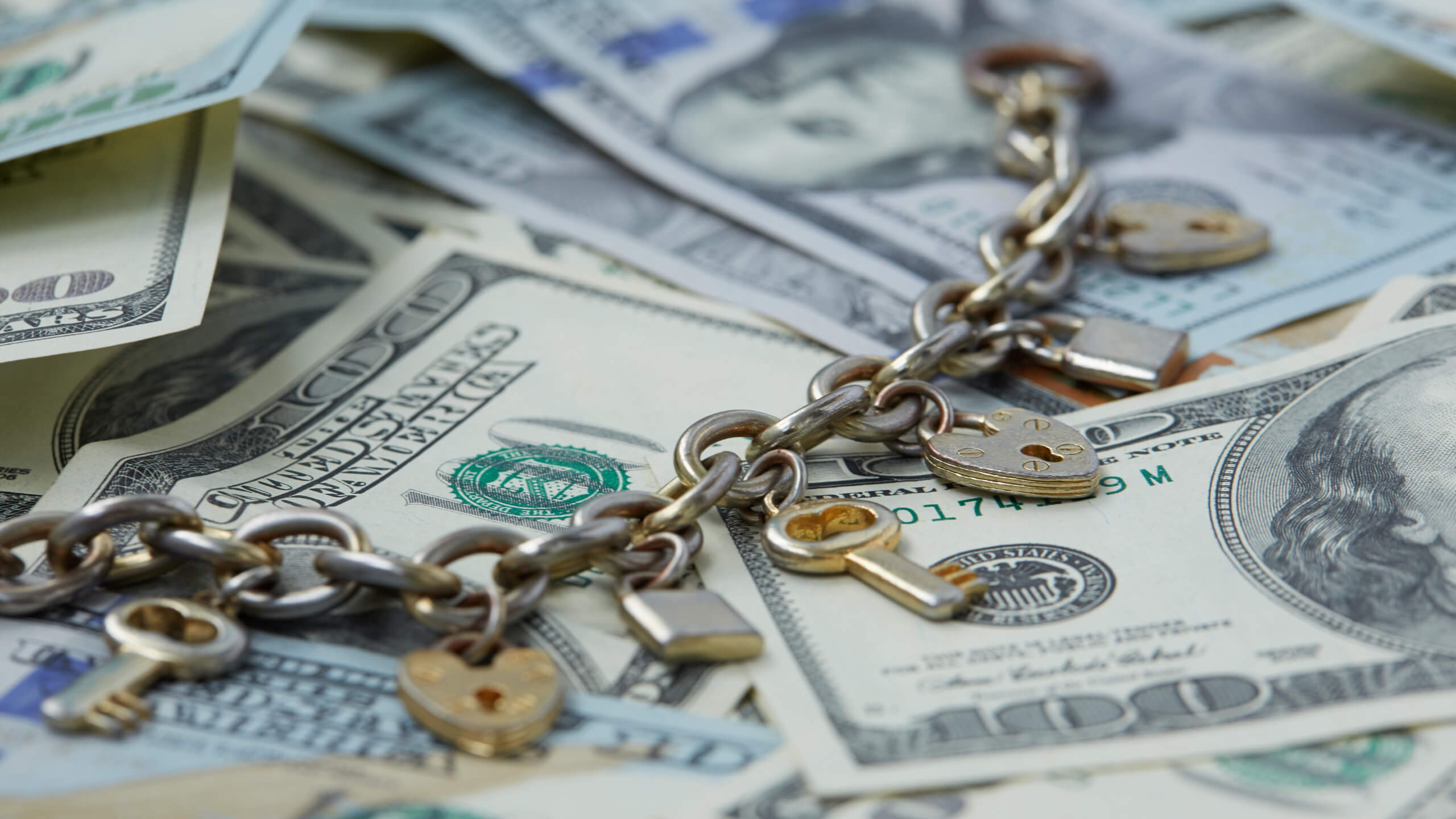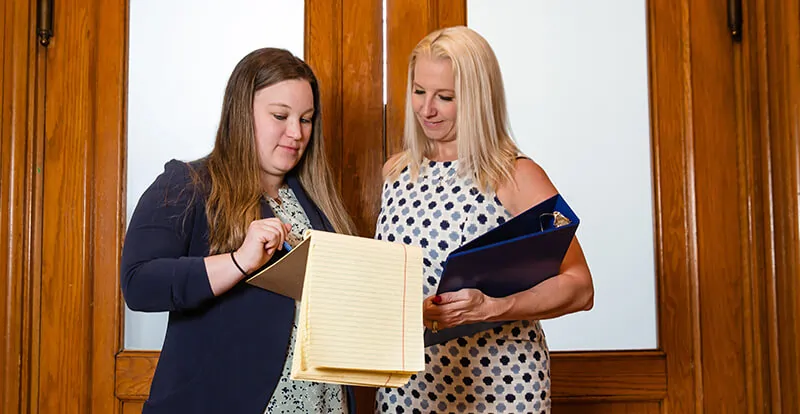Financial Security Part 2

Getting Out of Debt, for Good.
This is part two of our series on building some financial security for the future. If you haven’t read part one yet, you can check it out here, or sign up for our newsletter and get the most recent releases each month. This month, we’re going to talk about emergency funds and debt repayment.
The first two jobs for our money in the pursuit of stability is, and always will be, debt repayment and an emergency fund. The question is, which do we tackle first? From a pure numbers’ perspective, putting extra income towards debt might save more money. However, we can’t avoid life. Emergencies happen, and without an emergency fund you may have to use your credit cards and undo all your hard work. So, while we should be making our minimum debt payments, our first job should be to save extra income for an emergency.
An ideal emergency fund is somewhere between three and six months of mandatory expenses, but we’re not aiming that high right now. At this stage, you need to be prepared for a short term, smaller scale emergency like sudden car repairs or medical bills. Your goal should be to make sure you are not one of the 40% of Americans that cannot afford a $400 emergency expense. That is your current goal – $400 to $1,000 for peace of mind against these small emergencies.
Once you have tackled your short-term emergency savings, you can turn to paying debt. Of all the things between you and financial security, debt is the largest obstacle. The reason people struggle to come up with $400 for an emergency is largely because their income is already allocated towards debt payments. Out of control debt takes control of your finances, and we need to take that control back. So, we’re going to discuss two of the most effective strategies at debt repayment: The Debt Snowball and the Debt Avalanche.
Both of these strategies focus on three key pillars to pay off your debt:
- Make all your monthly minimum payments.
- Put as much extra income into your debt as possible.
- Roll over your payments to the next debt as you pay each one off.
By following these three keys, these strategies exponentially accelerate our payment schedule, achieving full debt payment years ahead of when we’re expected to.
Now, where these strategies differ is focused on which debts you pay off first. The Debt Snowball focuses on paying off your debts from smallest total value to largest, regardless of the interest rate. The Debt Avalanche focuses on paying off your debts from highest interest rate to lowest interest rate, regardless of balance. There are pros and cons to both. For example, the Debt Avalanche claims to result in lower payments (and higher total savings) over time, but takes longer to actually see the tangible results. The Debt Snowball may not save as much money (relatively speaking), but results come faster – clearing smaller debts keeps motivation up to maintain discipline on paying off debt.
There is no wrong choice on which method you use, but it does take discipline to stick with. Below, we’ve included a table that illustrates how these strategies might work. Specifically, we’re outlining the Debt Snowball method, but the principle of the Avalanche is the same. For this example, assume that all the debts start on the same day, and we are able to scrape together an extra $200.00 a month for our debt payments.
| Credit Card: $1,800 – 18% int.Min Payment: $45 | Car Loan: $8,000 – 4% int.Min Payment: $150 | Student Loan: $12,000 – 5% int.Min Payment: $225 |
|---|---|---|
| $245 ($45 + $200) | $150 | $225 |
| $245 | $150 | $225 |
| $245 | $150 | $225 |
| $245 | $150 | $225 |
| $245 | $150 | $225 |
| $245 | $150 | $225 |
| $245 | $150 | $225 |
| $207 | $188 | $225 |
| $395 ($150 + $245) | $225 | |
| $395 | $225 | |
| … | $620 ($225 + $395) | |
| Paid in full 27 months | $620 | |
| … | ||
| Paid in Full at 39 months |
In this example, our first debt (Credit Card) was paid off in 8 payments. Once it was cleared, we took the entire payment and applied it to our second debt, the Car Loan. By rolling this payment over to the car loan, we increased our payment amount by about 2.5x – which just cut the remaining payment period in half! If we built out the full payment schedule, we would see that our debt snowball cleared out the credit card and the car loan in about 2 years. Just making the minimum balance payments on either of these debts would have taken us five years. By the time we roll over all the payments to the student loan, our snowball has picked up a ton of speed.
As a note final note: as your debt is paid off, you regain flexibility in your income to focus on other goals. In our example, $620.00 monthly payments on student loans is awesome and clear your debt much faster, but it may not be the best thing to do. There is nothing wrong with taking $120 of that payment and budgeting it towards expanding your emergency fund so you can start working on other financial goals. Only you get to decide what is important and how to put your money to work.
We’ll see you next month, and we’ll be talking about the big picture.


